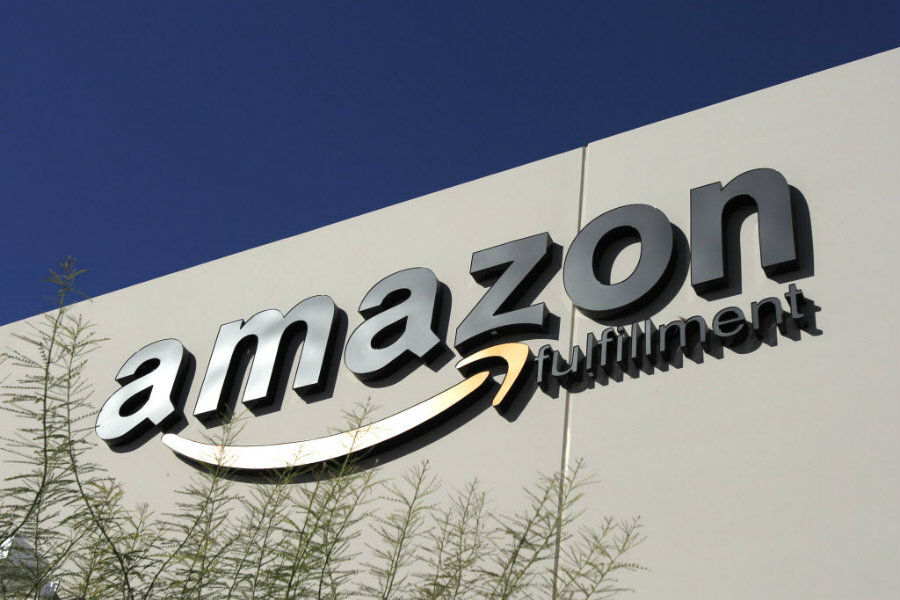Why Amazon is collaborating with US universities
Loading...
Amazon.com is coming to your college.
In a bid to further expand its customer base, the online retail giant has launched an initiative, called Amazon Campus, to sell course materials and other products at a discounted rate to students at select universities.
The company has so far struck deals with the University of Massachusetts-Amherst, Purdue University, and the University of California-Davis to operate co-branded websites with the three schools and to open distribution centers where students can pick up packages from code-activated lockers.
At UMass and Purdue, Amazon is also offering free next-day campus delivery for all products to Student Prime members and will pay the schools 0.5 percent to 2.5 percent for purchases made through the colleges’ sites – a total of about $1.5 million and $1.7 million in revenue over four years for each university respectively, according to The Wall Street Journal.
Course materials and textbooks will be eligible for next-day delivery, regardless of students’ Amazon membership status.
Amazon has tapped into the college market before: Prime membership has long been available to students at a discounted rate of $49 a year – about half the regular $99 fee. Last month, the company launched the Kindle Textbook Creator, which lets authors prepare ebooks for students for publication across a slew of operating systems and devices.
The new partnerships, however, could be Amazon’s way of establishing itself in the $10 billion-a-year college bookstore industry, which is currently led by booksellers Barnes & Noble Inc. and Follett Corp. Prime members spend about twice as much as non-Prime members yearly, according to analysis by Consumer Intelligence Research Partners, an investment research group. Student Prime accounts gained through Amazon Campus could provide a valuable sales uptick.
“College campuses are an opportunity for us,” Ripley MacDonald, director of Amazon student programs, told the Journal. “We hope students like it and continue being Amazon customers.”
With the Amazon system integrated into the colleges’ course-selection software, students could save on time: Books and materials they’ll need to buy for their registered classes will be instantly visible.
The initiative could also save students up to $380 annually on course materials and textbooks, according to Amazon representatives. In 2012, average textbook prices ranged from about $68 for new copies and $53 for used ones, the National Association of College Stores reported.
“We really recognize that textbooks and course materials are a major expense for students, and those have continued to go up over time,” Ed Blaguszewski, UMass spokesman, told The Boston Globe. “This is about convenience and saving money for students.”








